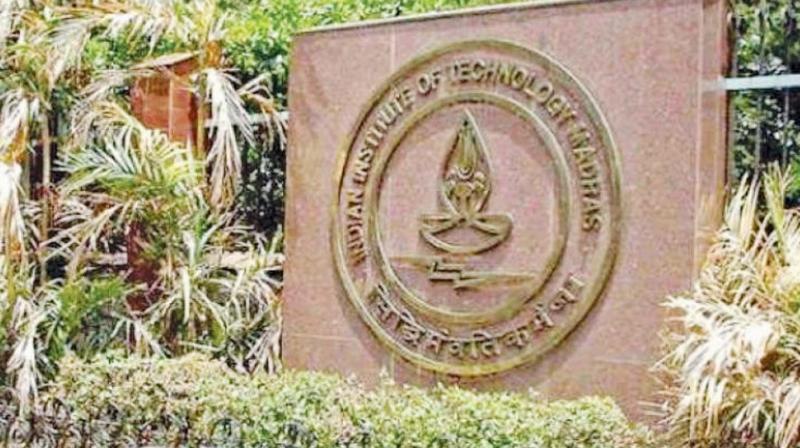IIT Madras team models nerve cells associated with spatial navigation in mammals
The researchers hope to unravel the possible effects of other sensory stimuli such as sight, smell, sound etc.

Chennai: Computer simulation studies by Indian Institute of Technology (IIT) Madras show the presence and activity of nerve cells that form the "GPS" of the brain. The study published in the renowned international journal - Nature Communications - is the first study in the world to report neural principles of spatial cells in three-dimensional space.
Indian Institute of Technology IIT Madras' Computational Neuro Science (CNS) Laboratory Madras is using computer modelling to understand nerve cells that control spatial navigation and movement in mammals. Spatial navigation of humans and other mammals is controlled by distinctive nerve cells in the brain, called place cells and grid cells that form part of a complex nervous circuit enabling place awareness and memory, in effect being the GPS of the brain.
Problems in the functions of these "GPS" cells cause severe disorientation and memory deficits associated with neurological conditions like Alzheimer's and Parkinson's diseases.
Professor V. Srinivasa Chakravarthy at the department of biotechnology at IIT Madras, said, "Three dimensional (3D) spatial cells in the hippocampus are believed to support the existence of 3D cognitive maps. Through modelling, we work out the essential learning rules that are required for the development of the 3D maps in the brain."
All these types of cells interact to give a complete representation of the animal's changing positions, which may be stored in the animal's memory as a set of internal guides or maps to particular locations in its environment. The researchers hope to unravel the possible effects of other sensory stimuli such as sight, smell, sound etc.

